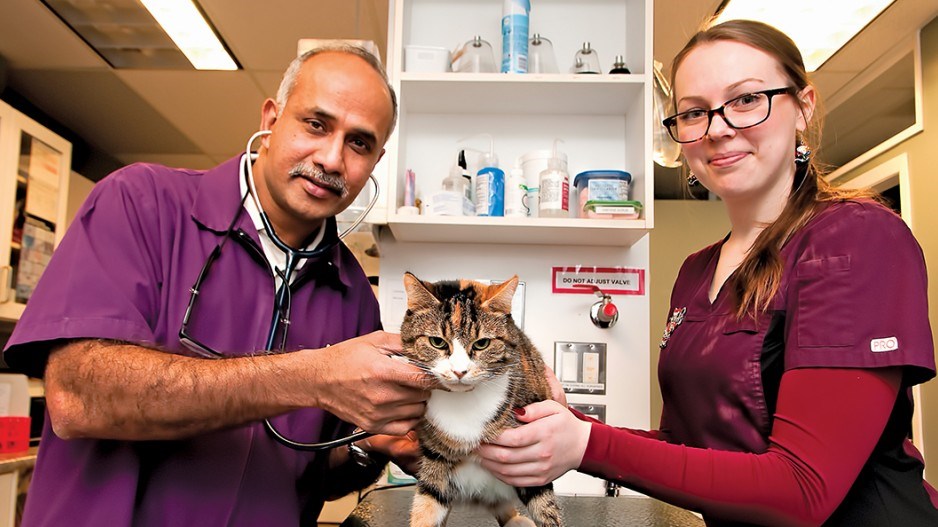The Canadian pet population fell in 2014 for the first time since the Canadian Animal Health Institute (CAHI) began keeping track in 2007. The biggest drop was in cat ownership (down to seven million from 7.9 million in 2012), while dog ownership fell slightly (down to 6.4 million from 6.6 million in 2012).
“The trend ... when we compare number of pets to overall Canadian population growth, is that the incidence of pet ownership is not keeping up with this new demographic,” Colin Siren, vice-president of agriculture and animal health for the CAHI, said in a release accompanying the most recent report.
Siren said the 2014 study “shows an unfortunate drop in percentage of households owning a pet” and that “cat ownership has shown the most dramatic decrease, going from a high of 38% of households reporting owning a cat in 2007 to just 32% in 2014. Similarly, dog incidence seemed to peak at 36% in 2010 and has dropped to 34% in 2014.”
In contrast to this is a rise in virtually every business sector related to pet ownership. According to an April 2014 Service Canada report, the number of veterinarians graduating from school and the number of clinics in Canada have increased. Service Canada expects the overall veterinary services market to grow 2.2% by 2017.
The pet supplies industry is also booming, raking in somewhere between $4 billion and $5 billion annually, according to the Pet Industry Joint Advisory Council of Canada (PIJAC). PIJAC also noted a 4.4% rise in Canadian pet market retail sales, the largest being in non-medical pet supplies, which include pet grooming and dog walking.
Veterinarian Nick Shaw, the president of the College of Veterinarians of British Columbia, said the drop in pet ownership could be tied to a bigger trend.
“That may also be a reflection of Canadian demographics and where people are living these days,” said Shaw. “There are a lot more young families living in condominiums and much smaller homes than they were even 10, 20, 30 years ago.”
Shaw added this is particularly apparent in the Lower Mainland, where housing costs are some of the highest in the country.
“People are living in smaller homes and other things are consuming large parts of their incomes. Certainly in Vancouver the cost of housing is really predominant for most people and then the costs of veterinary services and every other aspect of pet care have gone up along with everything else.”
Aunali Daudjee, medical director of the South Point Pet Hospital in South Surrey, said that while pet ownership has been falling, the medical side of the industry has been improving.
“Veterinary medicine has advanced tremendously lately,” Daudjee said. “The quality of care that we can provide is almost running parallel to human medicine. We can do a lot of things, MRIs, laparoscopic surgeries, minimally invasive surgeries.”
Along with medical advances has come a rise in the number of clinics – possibly too steep a rise, said Daudjee, who would like to see greater limits on the opening of new clinics in areas where veterinarians are already established, to help balance out the lopsided industry.
“Where I work at, at South Point, in the last two years, three more clinics have opened up,” he said. “One is two blocks away, and I know competition is good, but sometimes what happens is when those people open up, the way they compete is by heavily cutting their prices, and so the care suffers.”
Daudjee said he’s also finding it tougher to offer competitive salaries to employees of his clinic, which recently won a Surrey Board of Trade award.



